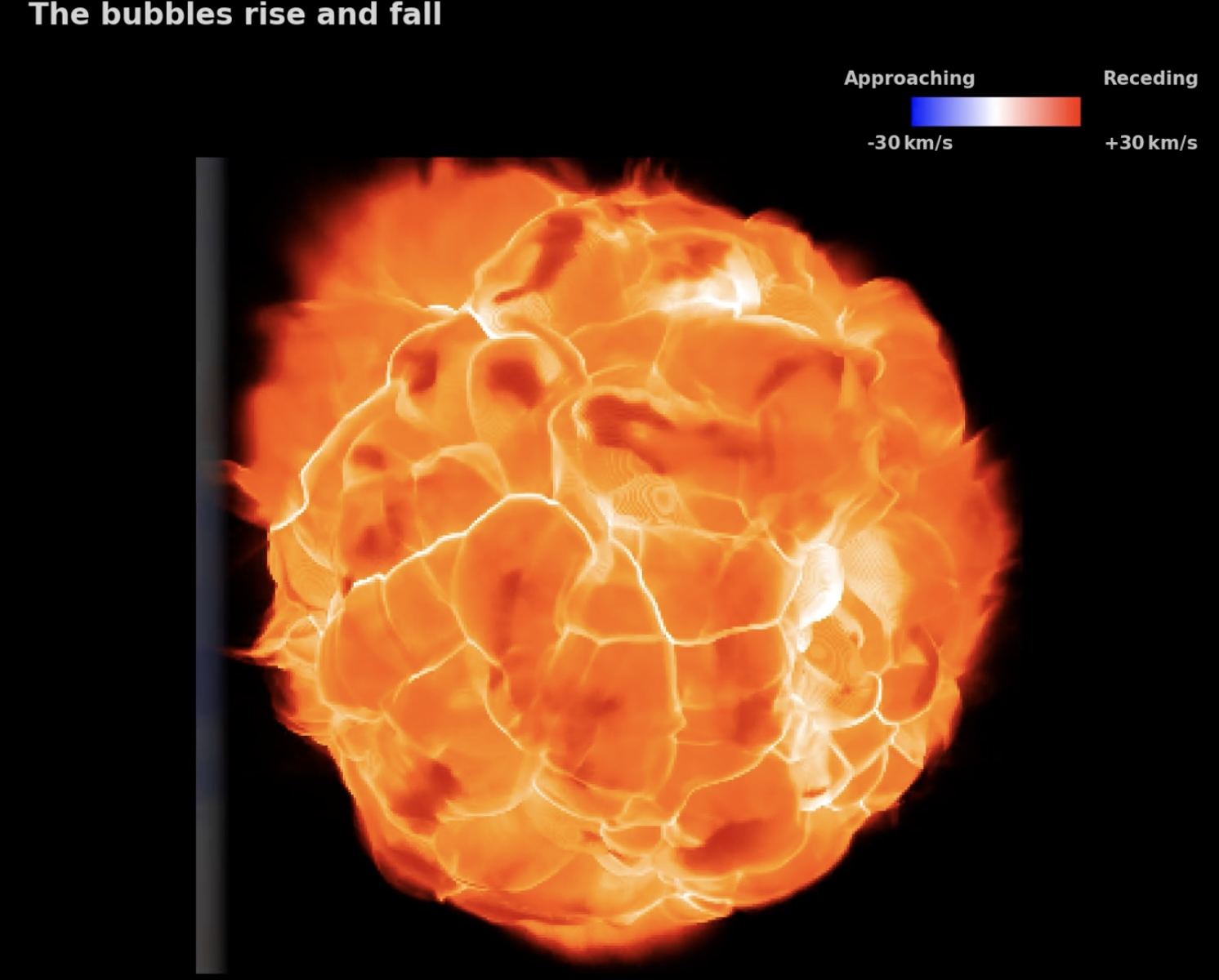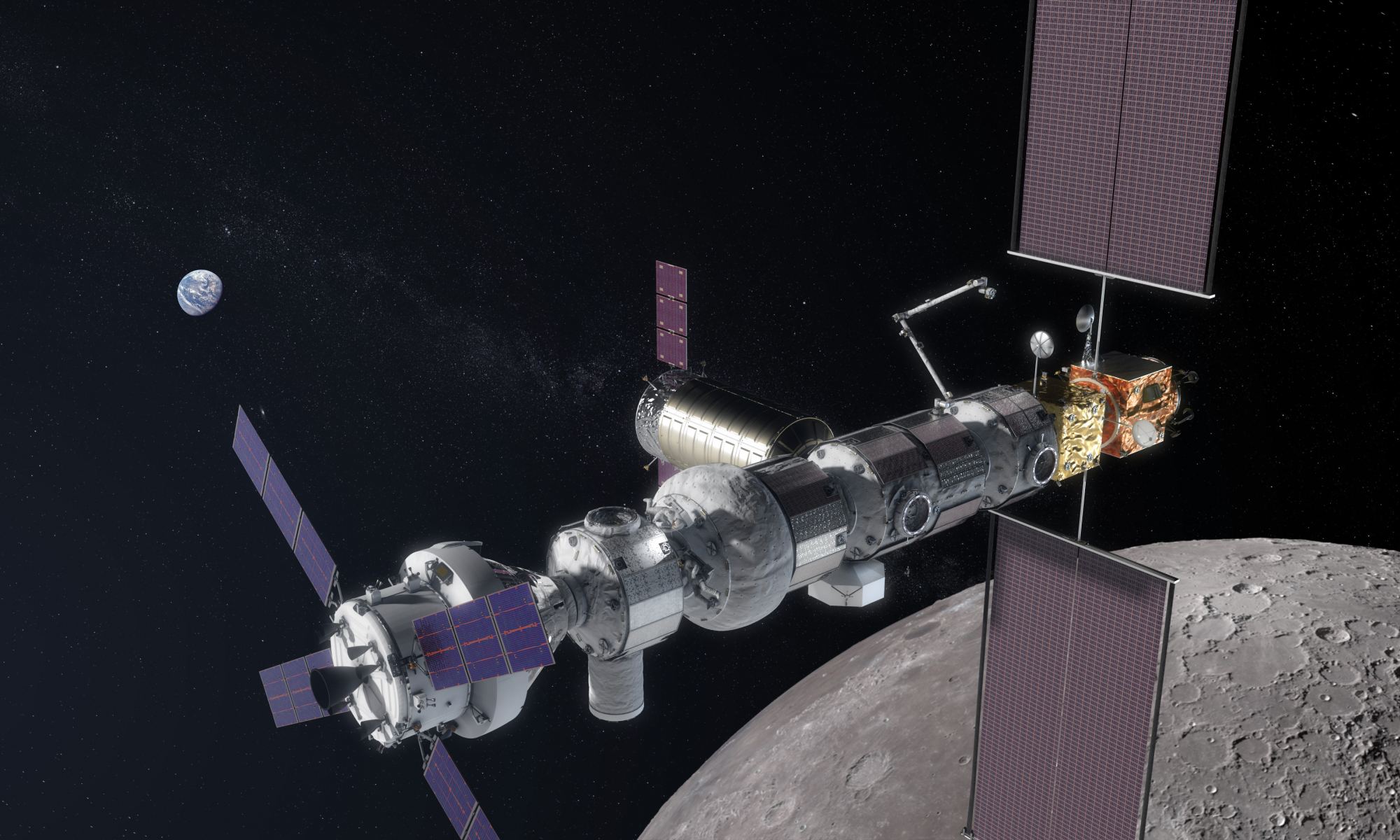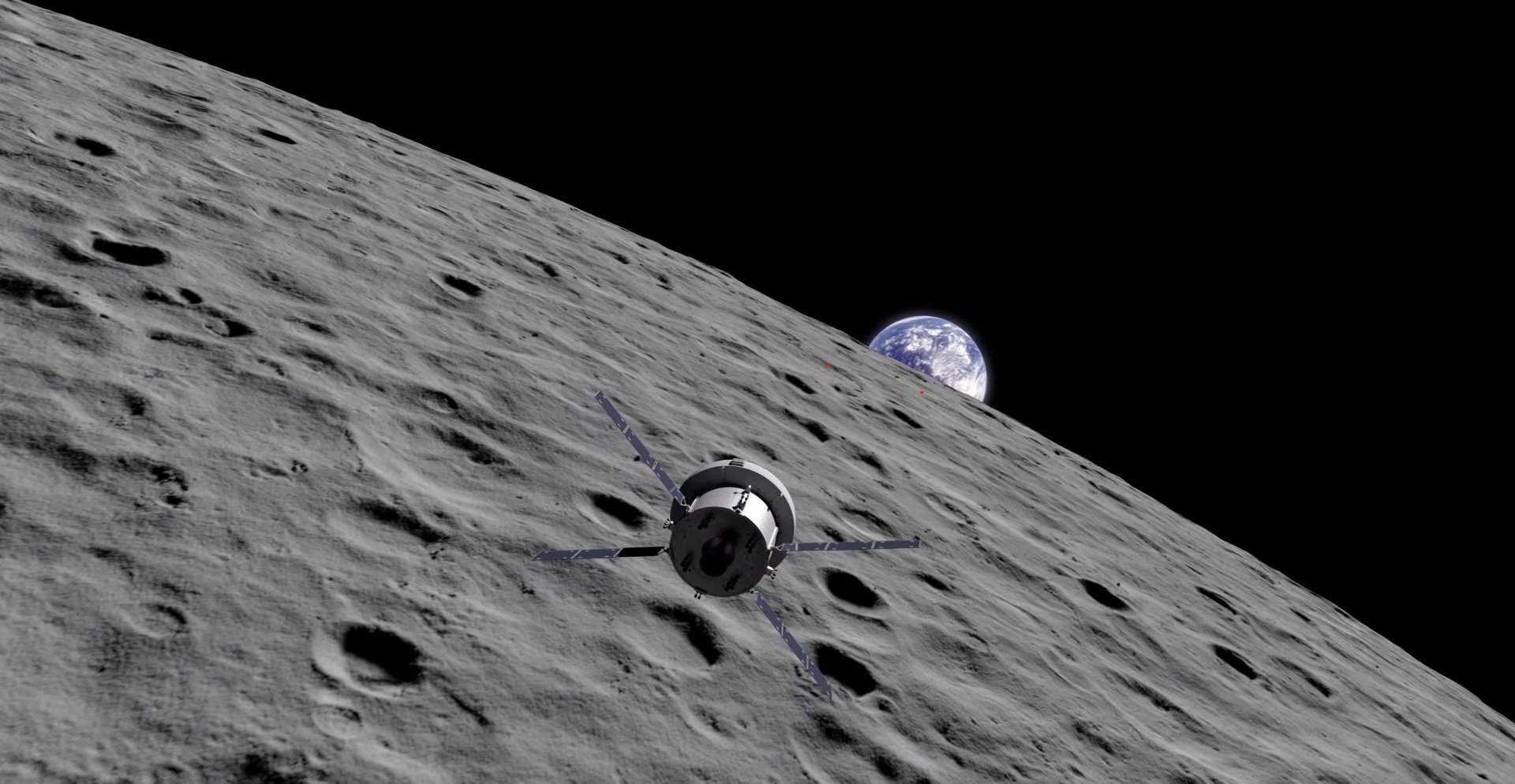Of all the stars in the sky, betelgeuse must be among the most enigmatic. One of its many mysteries surrounds the speed of its rotation which is surprisingly fast for a supergiant star. If it were placed where the Sun was, then its photosphere (visible layer) would be out around the orbit of Jupiter and it would be moving at 5 km/s. A new study now hints that instead of high rotation, it may be that the surface is boiling so furiously that it has been mistakingly identified as fast rotation.
Continue reading “Betelgeuse’s Surface is Boiling Furiously”An Ancient Stone Found in Italy is an Accurate Map of the Night Sky

You know how some constellations take a little bit of imagination to see? Yes, Leo looks a bit like a lion and Orino a bit like a hunter but then we drift into the realms of powerful levels of imagination to be able to see Pegasus as a flying horse or Telescopium as a telescope! Even squinting or tilting your head really doesn’t make them visible. I found the same problem when looking at images of two stone disks discovered in Italy recently at the entrance to an ancient fort! Teams that have examined the stones have matched the subtle markings on them to positions of 28 bright stars in the sky! I had to really look to see it but I think they might actually be right!
Continue reading “An Ancient Stone Found in Italy is an Accurate Map of the Night Sky”We’re Going to see at Least Five More SLS Rockets Launch in the Coming Years

NASA’s continued goal of sending humans into deep space using its Space Launch System (SLS) recently took a giant leap as the world’s largest space agency finalized the SLS Stages Production and Evolution Contract worth $3.2 billion with The Boeing Company in Huntsville, Alabama. The purpose of the contract is for Boeing to keep building SLS core and upper stages for future Artemis missions to the Moon and beyond for at least five more SLS launches.
Continue reading “We’re Going to see at Least Five More SLS Rockets Launch in the Coming Years”NASA Releases a Stunning New Supercut of the Artemis I Launch
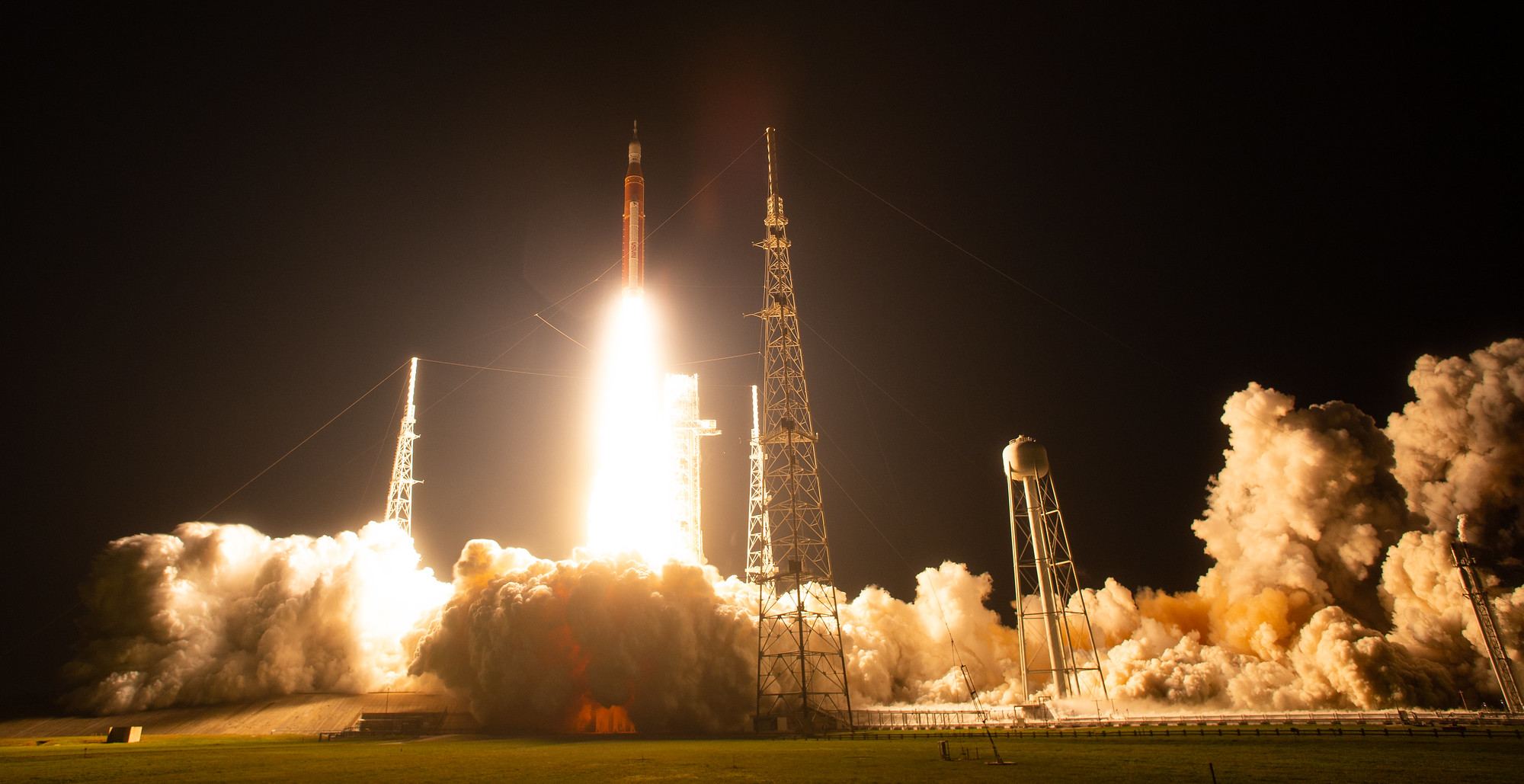
NASA just released a new supercut of high-resolution video from the Artemis I launch on November 16, 2022. Much of the footage is from cameras attached to the rocket itself, allowing everyone to ride along from engine ignition to the separation of the Orion capsule as it begins its journey to the Moon.
Continue reading “NASA Releases a Stunning New Supercut of the Artemis I Launch”NASA Just Ordered Three More Orion Capsules, for Artemis VI, VII, and VIII
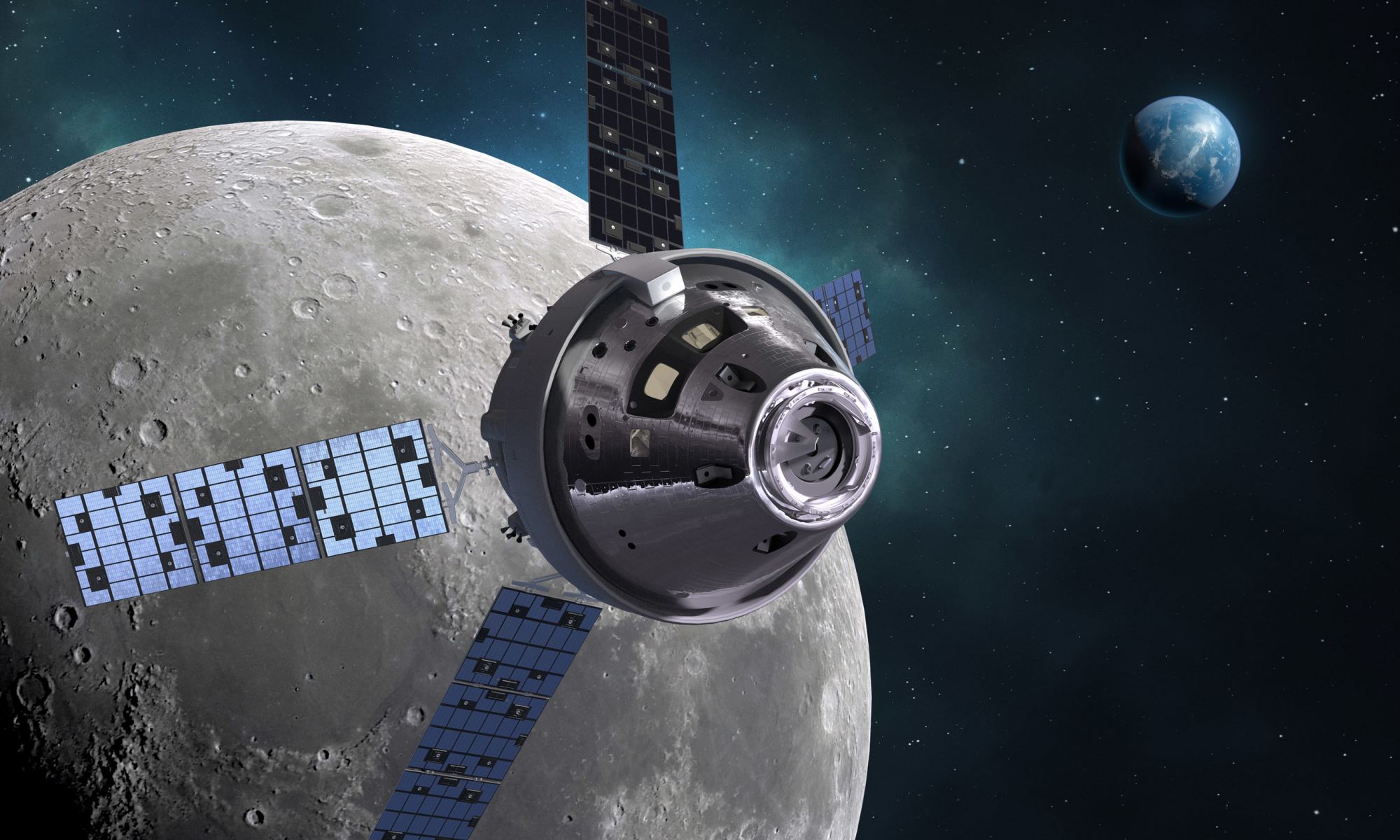
Lockheed Martin announced that NASA has ordered three more Orion spacecraft for future Artemis missions. The new order includes capsules for the Artemis VI, VII and VII missions, which are expected to launch in the late 2020s to early 2030s. The three additional capsules are on order for $1.99 billion.
Continue reading “NASA Just Ordered Three More Orion Capsules, for Artemis VI, VII, and VIII”New Animation Shows how the Artemis Missions Will use the Lunar Gateway and a Starship to put Humans Back onto the Moon
A recent YouTube video made by YouTube account, Hazegrayart, combines awesome computer animation, great music, and crisp archived audio recordings to show how NASA’s future Lunar Gateway will function for the upcoming Artemis missions. The archived audio recordings encompass only about a third of the short four and a half minutes of video, with almost the entire length being filled with a very relaxing soundtrack as the viewer is left fixated watching a slow and methodical ballet of spaceships come together at Gateway.
Continue reading “New Animation Shows how the Artemis Missions Will use the Lunar Gateway and a Starship to put Humans Back onto the Moon”Astronomers Caught Betelgeuse Just Before it Started Dimming and Might Have Seen a Pressure Wave Rippling Through its Atmosphere

A couple of years ago, Betelgeuse generated much interest when it started dimming. That caught the attention of astronomers worldwide, who tried to understand what was happening. Was it about to go supernova?
Evidence showed that dust was the most likely culprit for the red supergiant’s dimming, though there are still questions. A new study shows that the star was behaving strangely just before the dimming.
Continue reading “Astronomers Caught Betelgeuse Just Before it Started Dimming and Might Have Seen a Pressure Wave Rippling Through its Atmosphere”NASA is Letting People Fly Their Name Around the Moon With Artemis 1
Here’s your chance to participate in NASA’s return to the Moon with the Artemis program!
NASA is inviting people to submit their names to be included on a flash drive that will be sent along with Artemis I, an uncrewed test flight that kicks off the space agency’s plans to land the first woman and first person of color on the Moon.
Continue reading “NASA is Letting People Fly Their Name Around the Moon With Artemis 1”New Images of Artemis in the VAB; Rollout for SLS Launch Rehearsal Test Now Scheduled for March 17
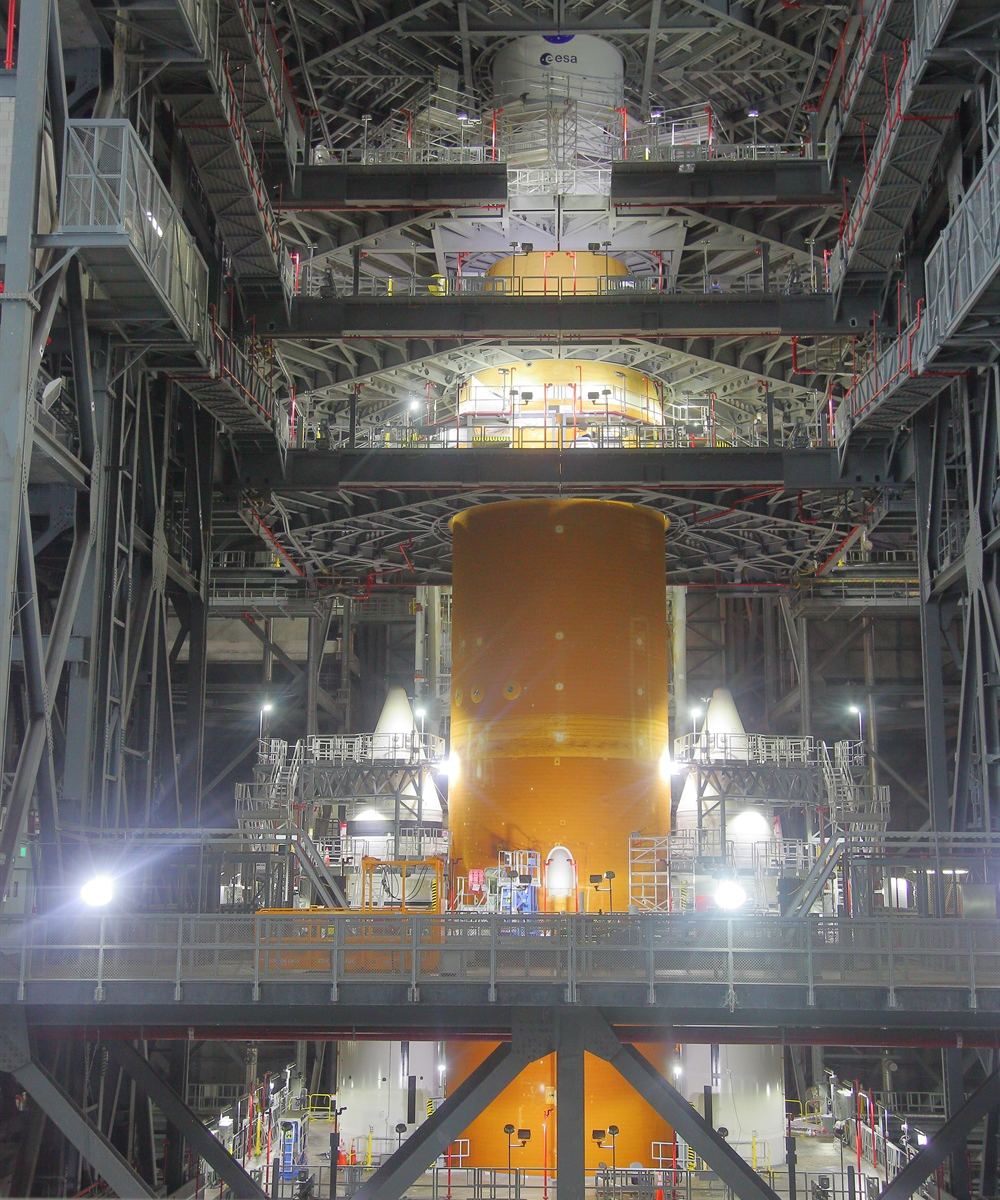
Every journey begins with a single step, and the first step of NASA’s return to the Moon begins with a four-mile rollout to the launchpad. NASA announced their target date for rolling out the Space Launch System rocket for the four-mile crawl to the launch pad is March 17. The full rocket stack will spend about a month at the pad undergoing several tests before heading back to the Vehicle Assembly Building. If all goes well with the tests, NASA hopes to launch its uncrewed Artemis test flight, likely by early summer.
Continue reading “New Images of Artemis in the VAB; Rollout for SLS Launch Rehearsal Test Now Scheduled for March 17”A New Image Reveals Orion’s Flame Nebula in Infrared
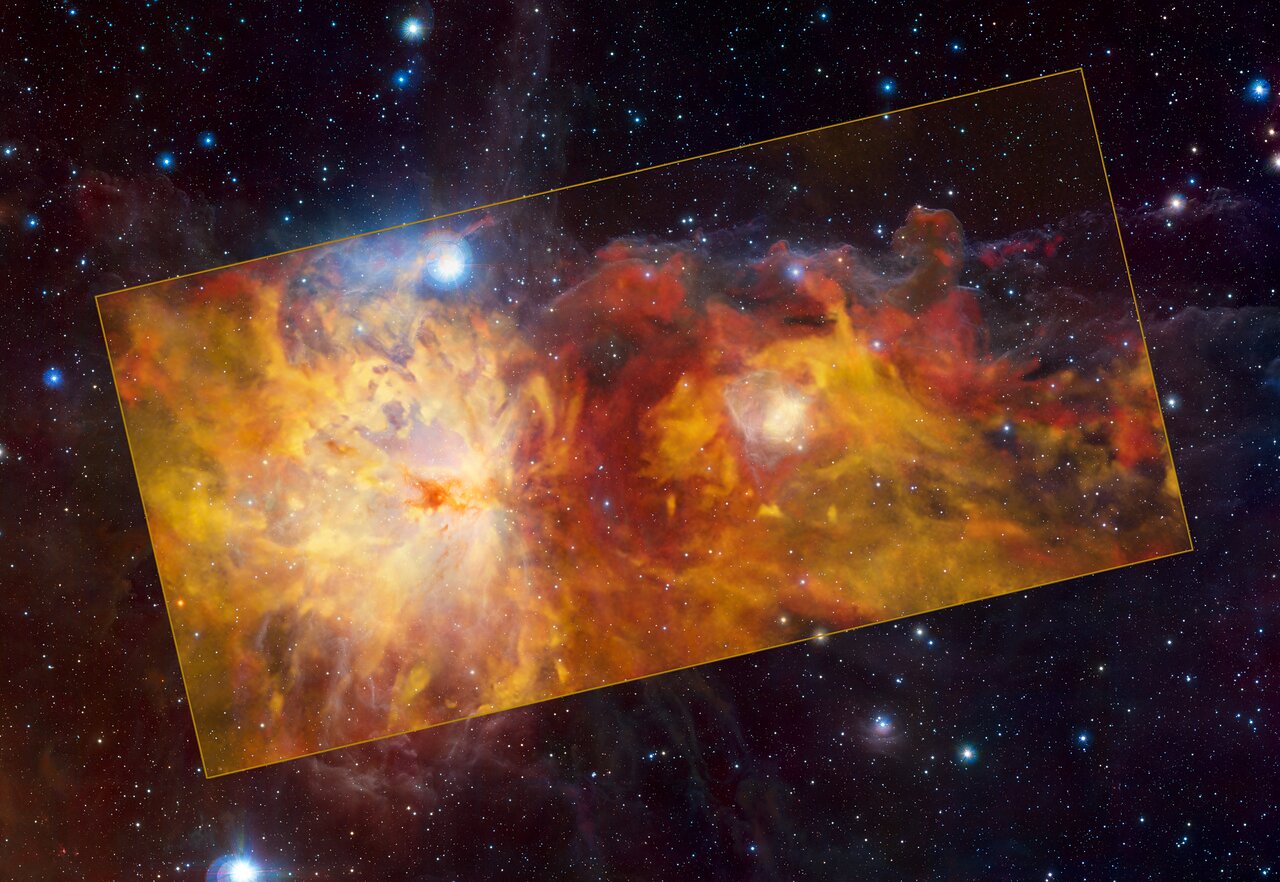
The ESO has released some stunning new images of Orion’s Flame Nebula. They’re from a few years ago but are newly processed as part of the Orion cloud complex study. The images have led to discoveries in the often-observed Orion cloud complex.
Continue reading “A New Image Reveals Orion’s Flame Nebula in Infrared”
